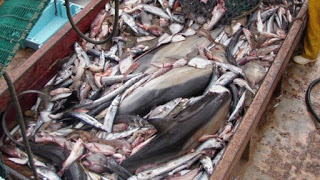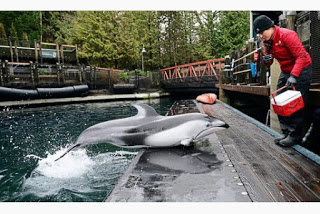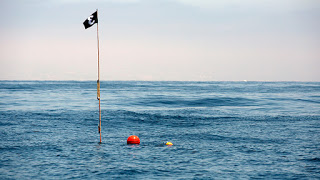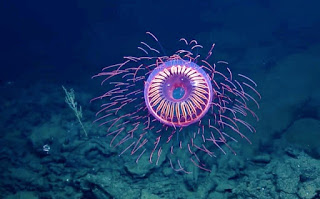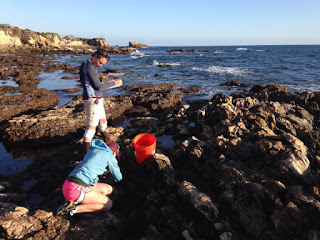1. Fighting Climate Change? We’re Not Even Landing a Punch

—————————————————
Read More…
—————————————————
3. Vancouver Aquarium Will No Longer Keep Cetaceans in Captivity
Read More…
—————————————————
—————————————————
5. Scientists Using Bioluminescent Deep Sea Animals to Fight Cancer
Researchers are using enzymes from glowing deep sea creatures to test the effectiveness of immunotherapy cancer treatments. “But threats to the ocean from climate change and exploitation threaten marine life and its medicinal potential.” Currently cancer researchers use radioactive chromium to trace cancer cells, which has a number of problems. “The enzymes that cause sea life to glow, called luciferases, have been used in a number of other applications for years, but Dr. Preet M. Chaudhary of the University of Southern California says this is the first time they have been used as an immunotherapy test, or assay.”
Read More…
—————————————————
6. Marine Vegetation Can Mitigate Ocean Acidification
Sea Save Foundation is committed to raising awareness of marine conservation. The Week in Review is a team effort produced by the Sea Save staff to provide a weekly summary of the latest in marine research, policy, and news.

